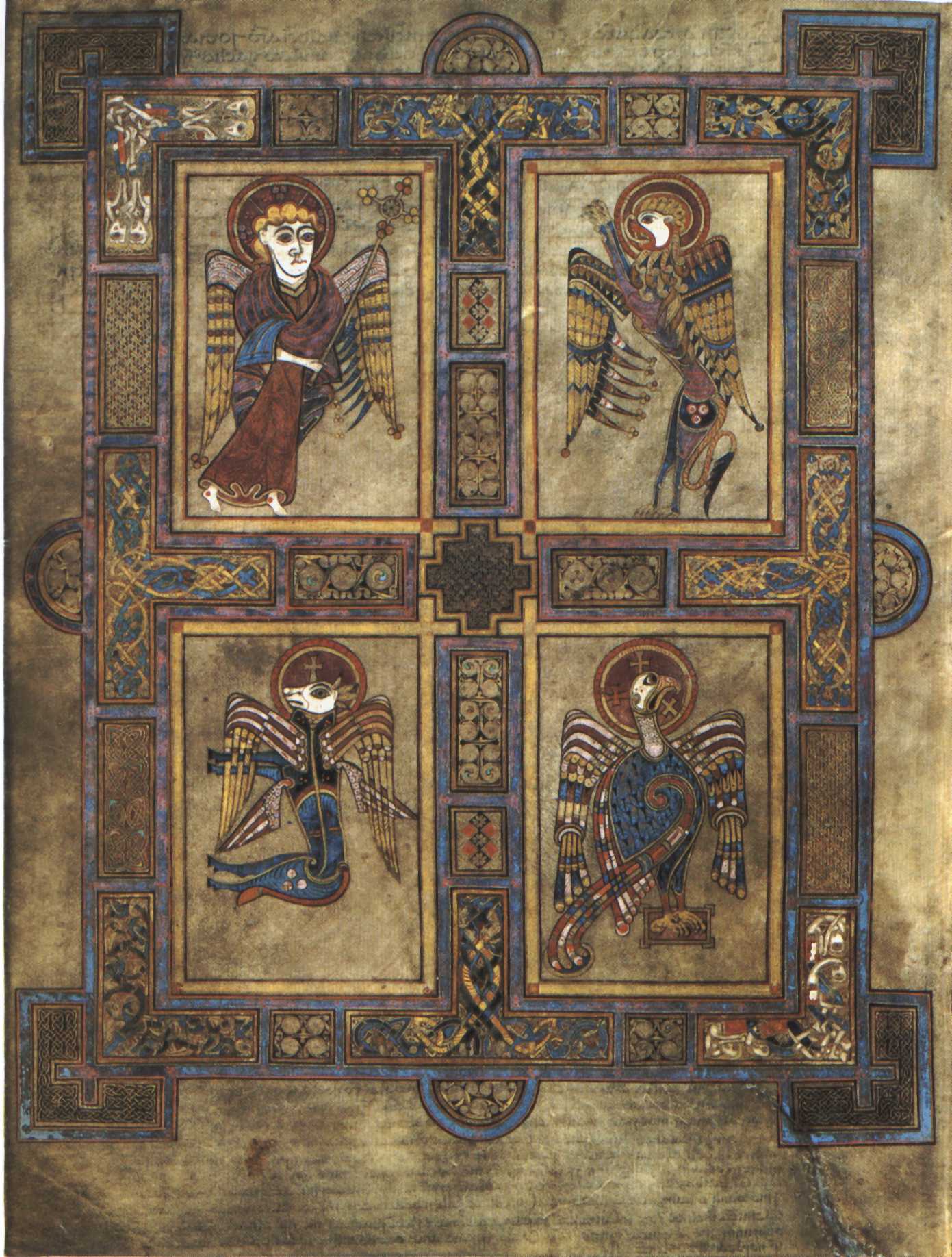Saint Symbology on:
[Wikipedia]
[Google]
[Amazon]



Symbolism
Symbolism or symbolist may refer to:
Arts
* Symbolism (arts), a 19th-century movement rejecting Realism
** Symbolist movement in Romania, symbolist literature and visual arts in Romania during the late 19th and early 20th centuries
** Russian sy ...
of Christian saints has been used from the very beginnings of the religion. Each saint
In religious belief, a saint is a person who is recognized as having an exceptional degree of Q-D-Š, holiness, likeness, or closeness to God. However, the use of the term ''saint'' depends on the context and Christian denomination, denominat ...
is said to have led an exemplary life and symbols have been used to tell these stories throughout the history of the Church. A number of Christian saint
In religious belief, a saint is a person who is recognized as having an exceptional degree of Q-D-Š, holiness, likeness, or closeness to God. However, the use of the term ''saint'' depends on the context and Christian denomination, denominat ...
s are traditionally represented by a symbol or iconic motif associated with their life, termed an attribute or emblem
An emblem is an abstract or representational pictorial image that represents a concept, like a moral truth, or an allegory, or a person, like a king or saint.
Emblems vs. symbols
Although the words ''emblem'' and '' symbol'' are often use ...
, in order to identify them. The study of these forms part of iconography
Iconography, as a branch of art history, studies the identification, description and interpretation of the content of images: the subjects depicted, the particular compositions and details used to do so, and other elements that are distinct fro ...
in art history
Art history is the study of aesthetic objects and visual expression in historical and stylistic context. Traditionally, the discipline of art history emphasized painting, drawing, sculpture, architecture, ceramics and decorative arts; yet today ...
. They were particularly used so that the illiterate could recognize a scene, and to give each of the Saints something of a personality in art. They are often carried in the hand by the Saint.
Attributes often vary with either time or geography, especially between Eastern Christianity
Eastern Christianity comprises Christian traditions and church families that originally developed during classical and late antiquity in Eastern Europe, Southeastern Europe, Asia Minor, the Caucasus, Northeast Africa, the Fertile Crescent and ...
and the West. Orthodox images more often contained inscriptions with the names of saints, so the Eastern repertoire of attributes is generally smaller than the Western. Many of the most prominent saints, like Saint Peter
Saint Peter; he, שמעון בר יונה, Šimʿōn bar Yōnāh; ar, سِمعَان بُطرُس, translit=Simʿa̅n Buṭrus; grc-gre, Πέτρος, Petros; cop, Ⲡⲉⲧⲣⲟⲥ, Petros; lat, Petrus; ar, شمعون الصفـا, Sham'un ...
and Saint John the Evangelist
John the Evangelist ( grc-gre, Ἰωάννης, Iōánnēs; Aramaic: ܝܘܚܢܢ; Ge'ez: ዮሐንስ; ar, يوحنا الإنجيلي, la, Ioannes, he, יוחנן cop, ⲓⲱⲁⲛⲛⲏⲥ or ⲓⲱ̅ⲁ) is the name traditionally given t ...
can also be recognised by a distinctive facial type. Some attributes are general, such as the martyr's palm
The palm branch is a symbol of victory, triumph, peace, and eternal life originating in the ancient Near East and Mediterranean world. The palm ''(Phoenix)'' was sacred in Mesopotamian religions, and in ancient Egypt represented immortality. In ...
. The use of a symbol in a work of art depicting a Saint reminds people who is being shown and of their story. The following is a list of some of these attributes.
Four Evangelists

The Apostles
Mary, mother of Jesus
Mary is often portrayed wearingblue
Blue is one of the three primary colours in the RYB colour model (traditional colour theory), as well as in the RGB (additive) colour model. It lies between violet and cyan on the spectrum of visible light. The eye perceives blue when obs ...
. Her attributes include amongst many others a mantle (often in blue or very large to cover the faithful), crown of 12 stars, serpent, sun and/or moon, heart pierced by sword, Madonna lily
''Lilium candidum'', the Madonna lily or white lily, is a plant in the true lily family. It is native to the Balkans and Middle East, and naturalized in other parts of Europe, including France, Italy, and Ukraine, and in North Africa, the Canary ...
, roses
A rose is either a woody perennial flowering plant of the genus ''Rosa'' (), in the family Rosaceae (), or the flower it bears. There are over three hundred species and tens of thousands of cultivars. They form a group of plants that can be e ...
, and rosary beads.
Saints listed by name
;Saints (A-H) ;Saints (I-P) ;Saints (Q-Z)Further reading
* * * * * * *See also
* Christian symbolism *Arma Christi
Arma Christi ("weapons of Christ"), or the Instruments of the Passion, are the objects associated with the Passion of Jesus Christ in Christian symbolism and art. They are seen as arms in the sense of heraldry, and also as the weapons Christ ...
* Animals in Christian art
In Christian art, animal forms have at times occupied a place of importance. With the Renaissance, animals were nearly banished, except as an accessory to the human figure.
Late Antique period
In the early days of Latin and Byzantine Christi ...
* Plants in Christian iconography
Notes
References
External links
* * * {{DEFAULTSORT:Saint SymbolismSymbology
A symbol is a mark, sign, or word that indicates, signifies, or is understood as representing an idea, object, or relationship. Symbols allow people to go beyond what is known or seen by creating linkages between otherwise very different conce ...
Christian iconography
Religious symbols
Heraldic charges